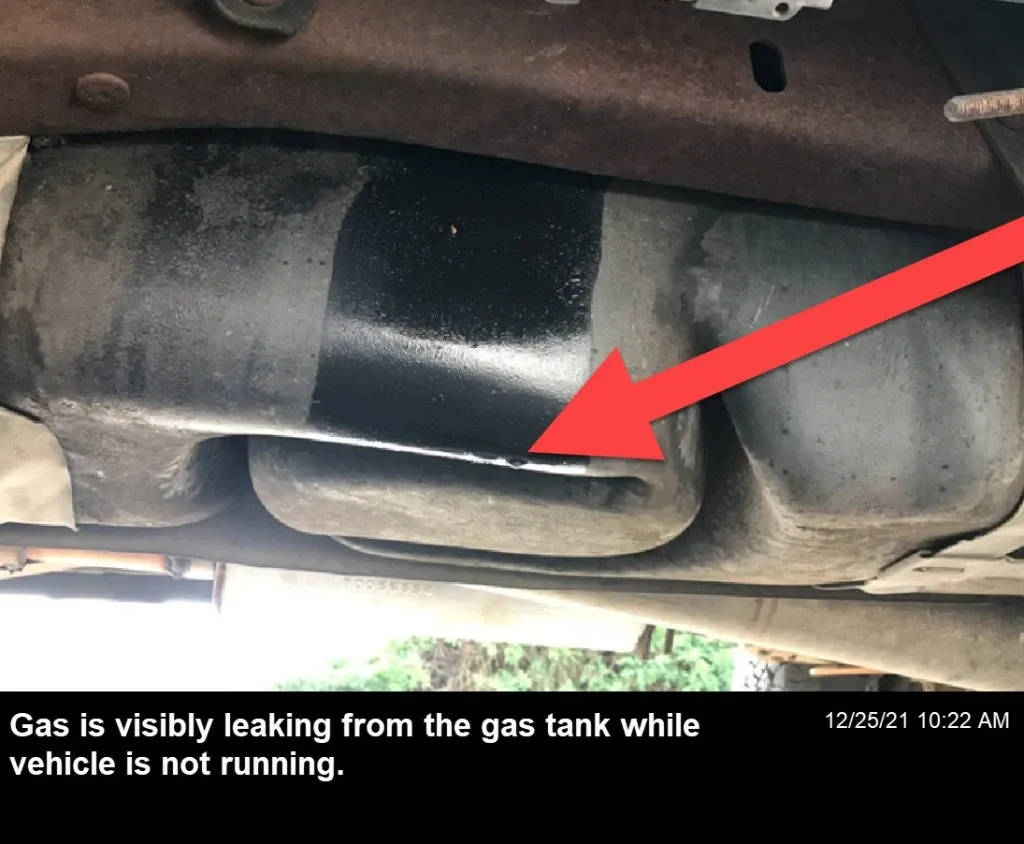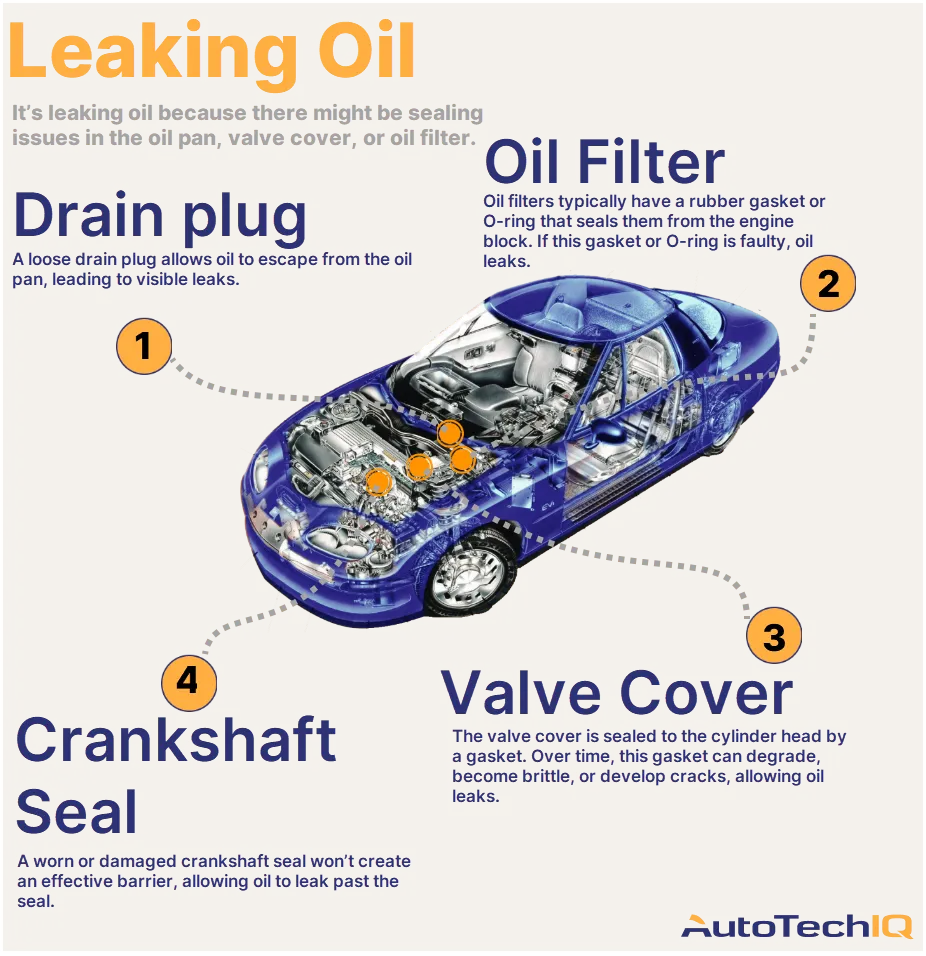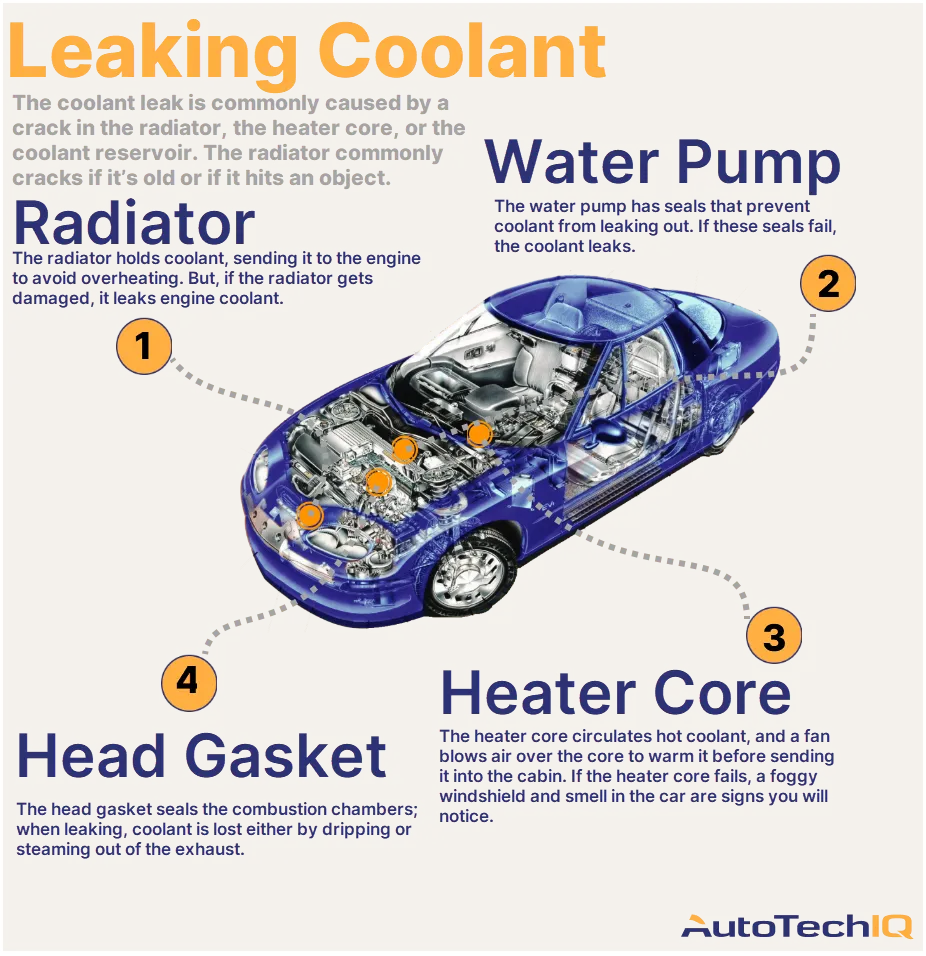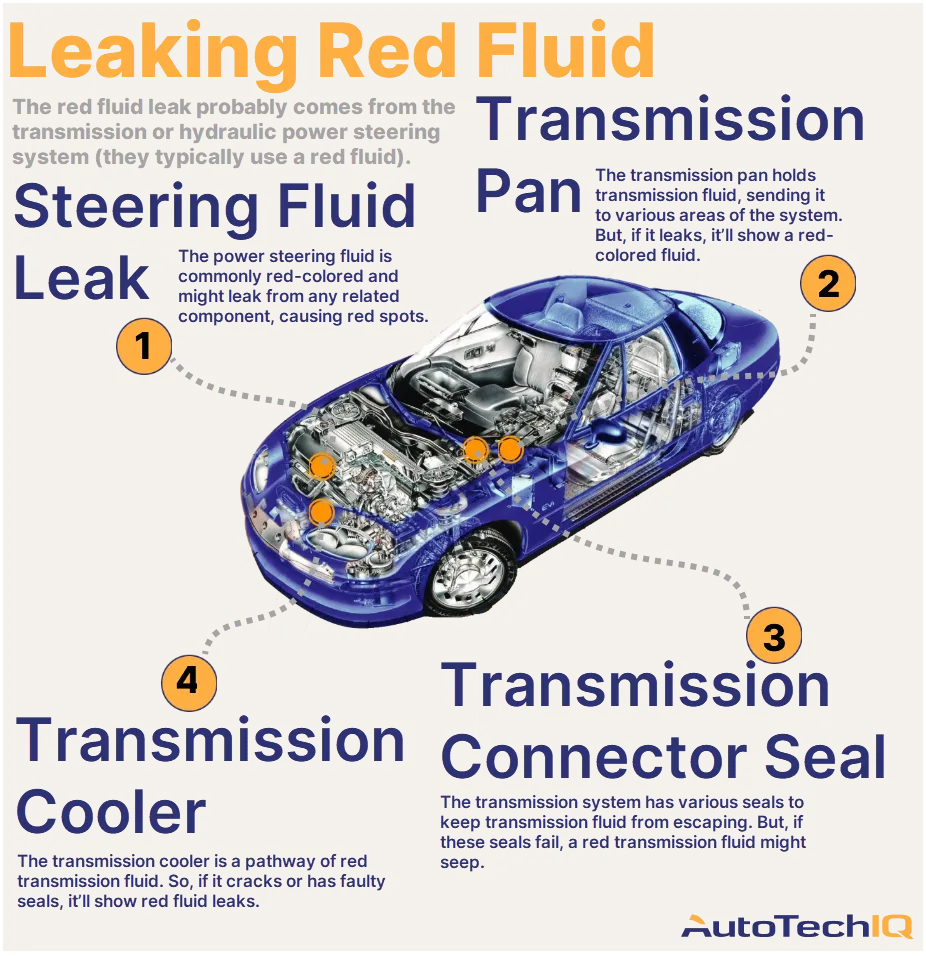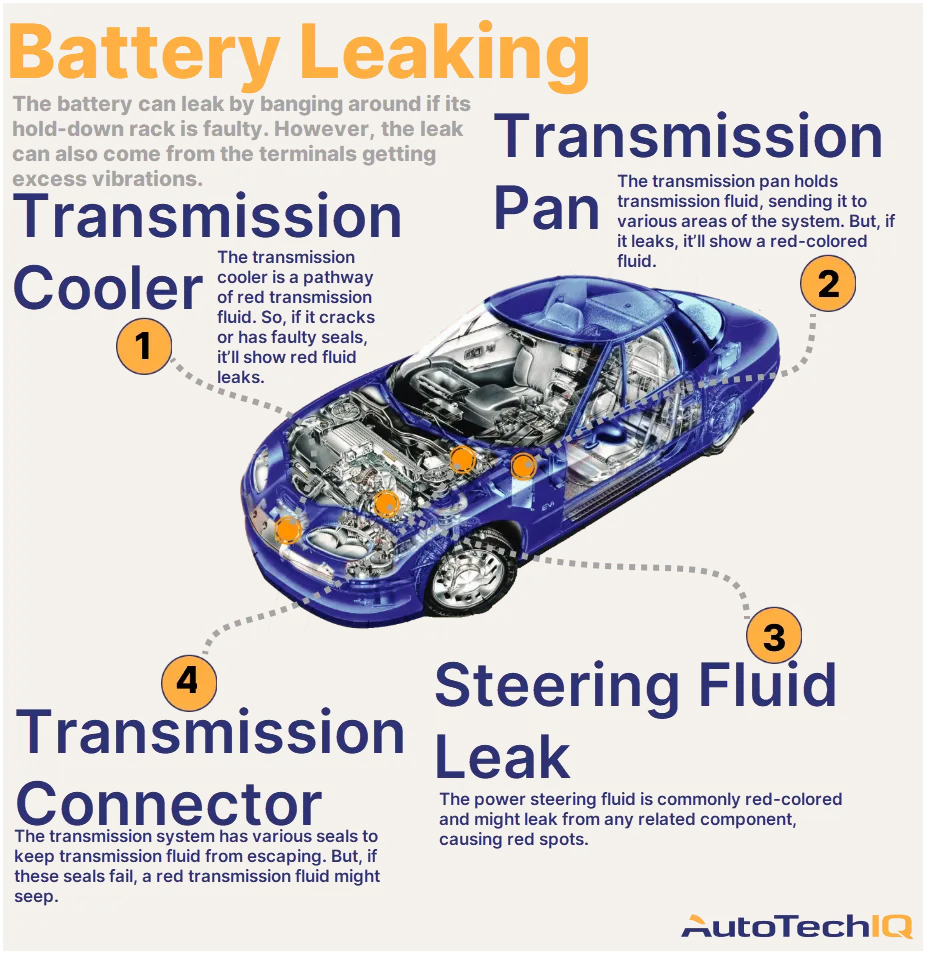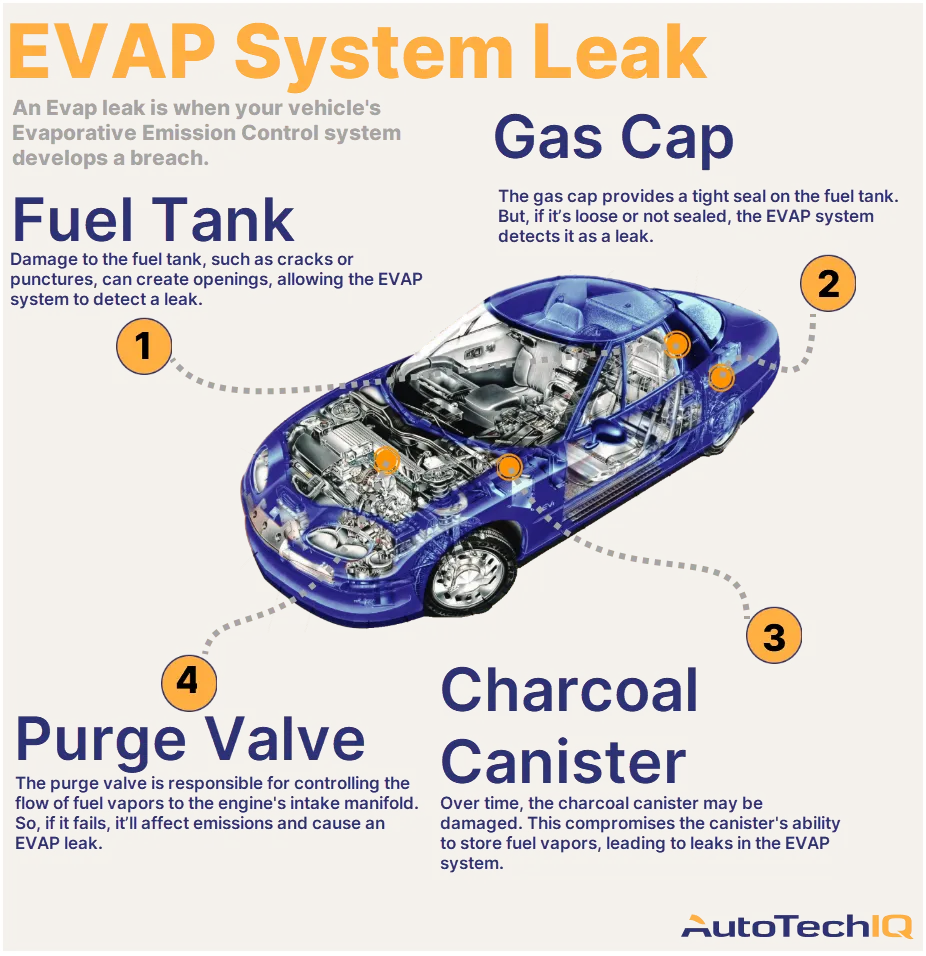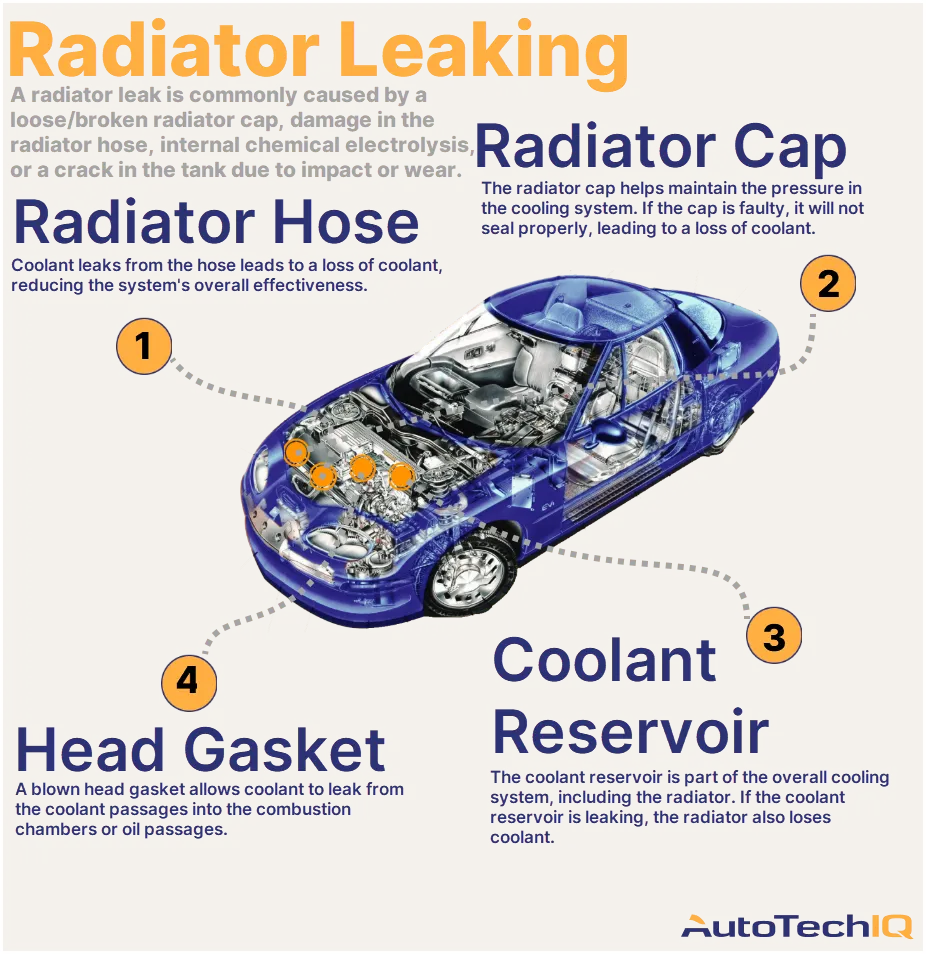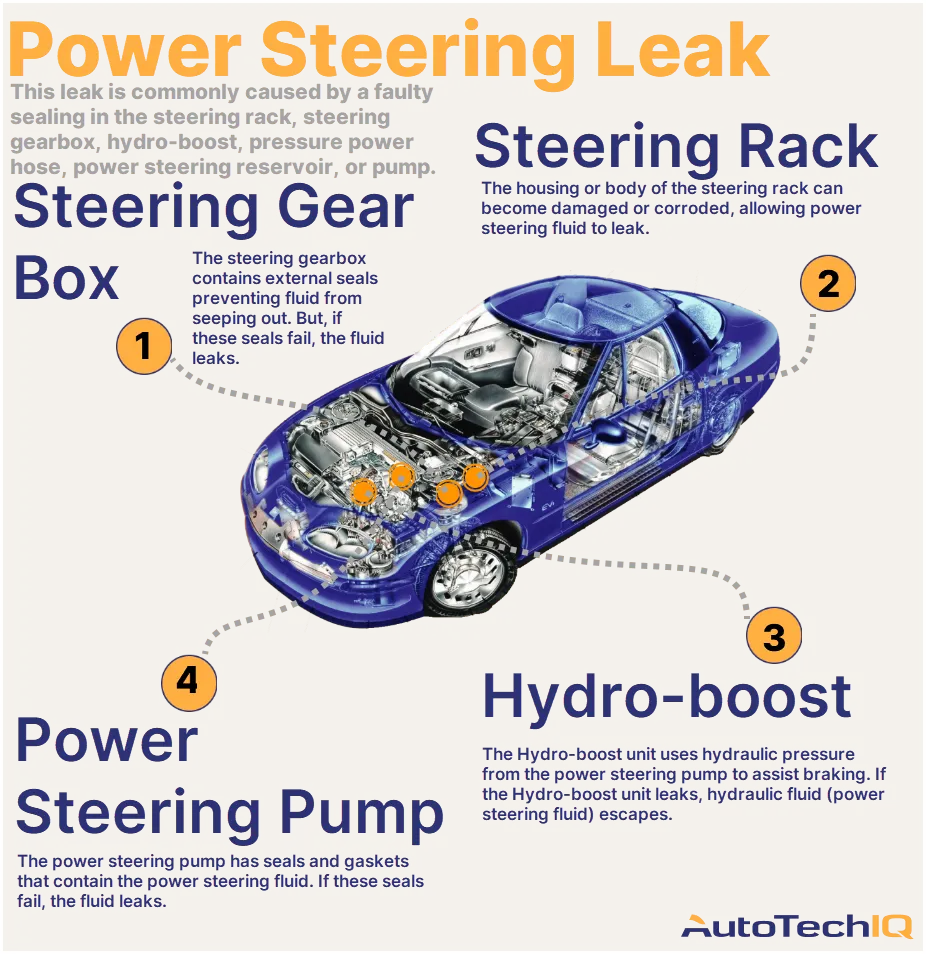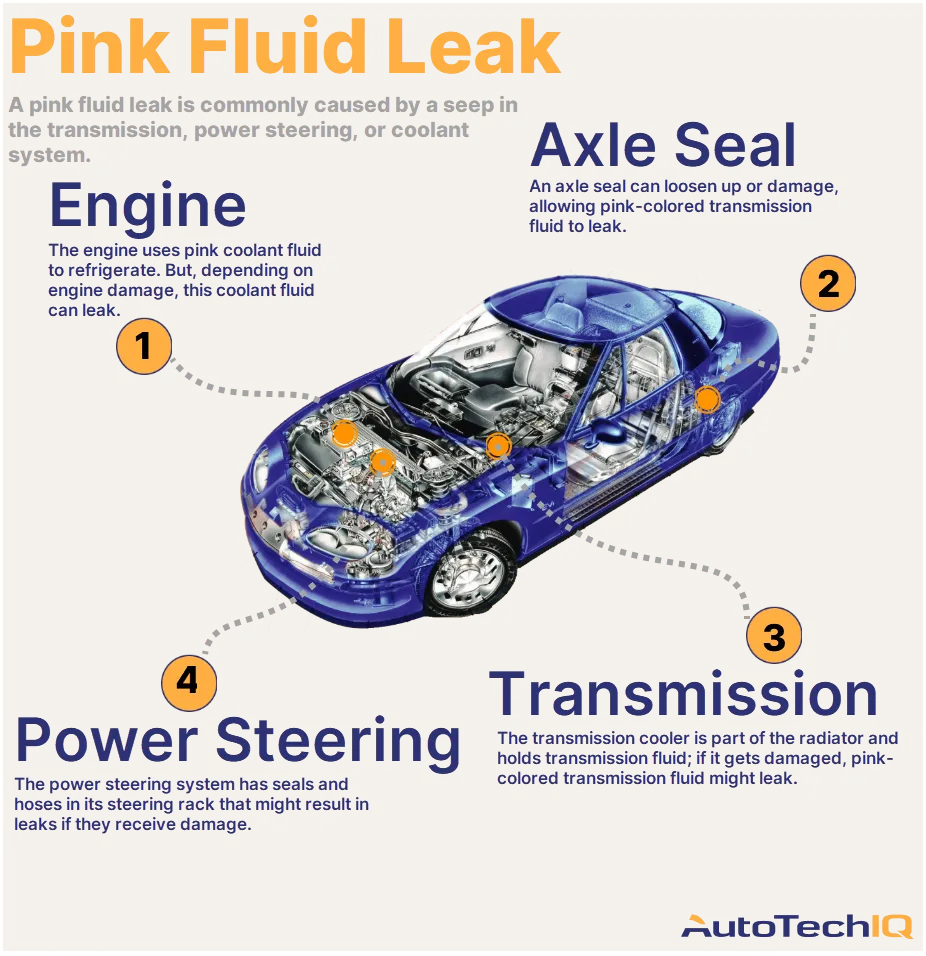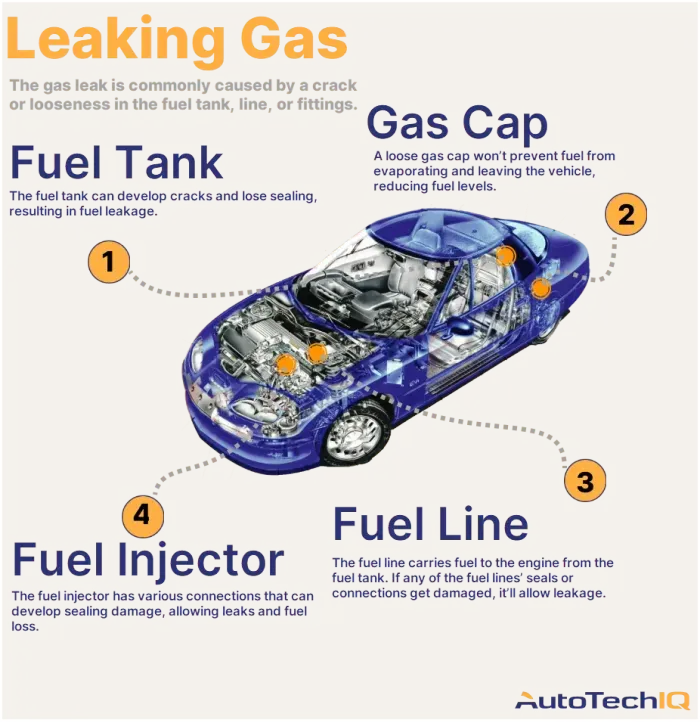
Is Your Car Leaking Gas?
The gas leak is commonly caused by a crack or looseness in the fuel tank. However, it can also be caused by a misplaced gas cap, faulty fuel injectors, damaged fuel lines, valve leaks, or even a broken sensor allowing fuel leaks.
Gas powers our vehicles because of its flammability. So, when it leaks, it reasonably causes concerns. But, in addition to the fire hazard, gas vapors are toxic and harmful to the environment.
A vehicle's "check engine light" may indicate a fuel leak, and the "gas cap light" ensures your fuel system is sealed. Remember, this pressurized, sealed part is designed to safely contain fuel and harmful vapors.
Watch out: Gas leaks are easy to detect since they strongly smell and leave puddles under your vehicle. But, sadly, gas leaks don't only put the driver in danger but everyone around the car as well.
